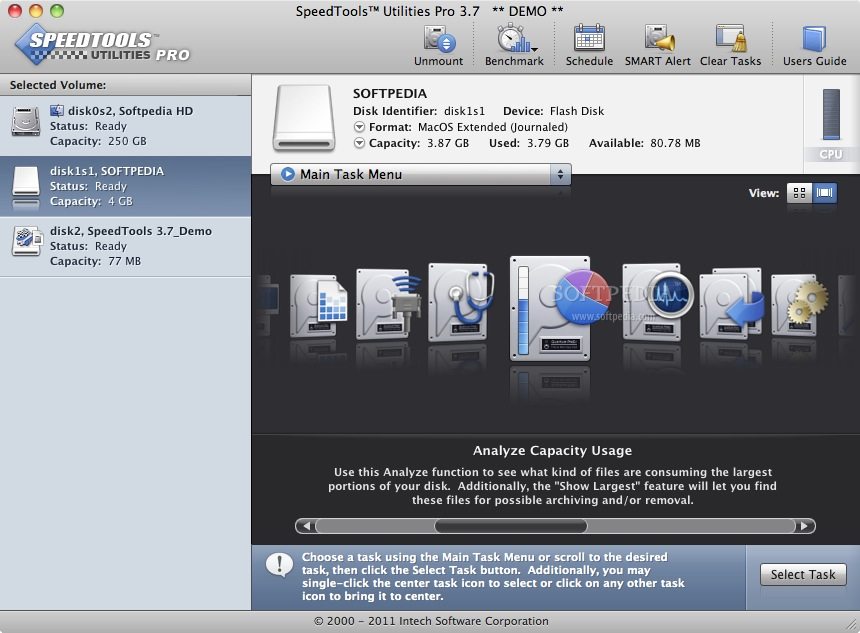

Such design provides both a perfect dual-axis telecentric scan and excellent compactness.

OCT probes reported for oral maxillofacial imaging were either based on a bulky galvanometric mirror pair (not compact or long enough) or a distal-end microelectromechanical systems (MEMS) scanner (raised safety concerns), or adapted from fiber-optic catheters (ill-suited for oral cavity geometry).Īim: To develop a handheld probe featuring great compactness and excellent maneuverability for oral maxillofacial tissue imaging.Īpproach: A dual-axis MEMS scanner was deployed at the proximal end of the probe and the scanned beam was relayed to the distal end through a 4f configuration. To apply it to clinical applications including biopsy guidance and routine screening, a handheld imaging probe is indispensable. To access this item, please sign in to your personal account. Zuckerman Mind Brain Behavior Institute, Columbia Univ.Ĭhina) 5 Tianjin Stomatological Hospital (China). Your use of this feature and the translations is subject to all use restrictions contained in the Terms and Conditions of Use of the SPIE website.


 0 kommentar(er)
0 kommentar(er)
